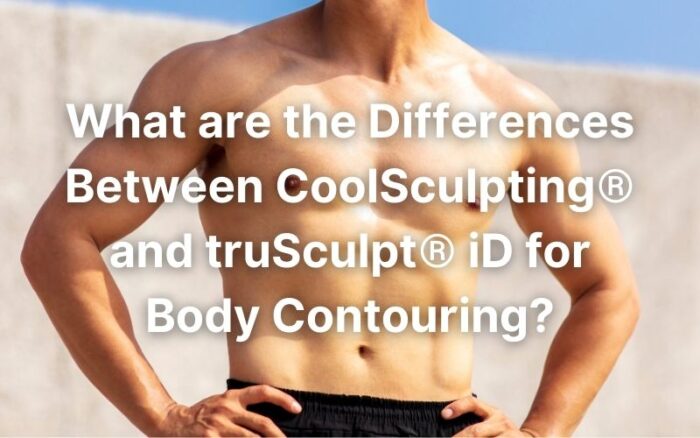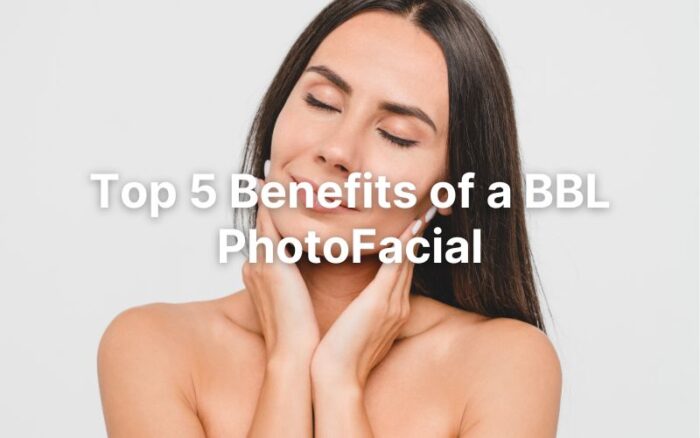Since shorts, bathing suit, and skirt season is finally here, it’s that time of the year when a lot of female patients come to my office complaining about those fine, little blue, red or purple twisty spider veins on their legs, seeking the latest spider vein treatment.
What I tell my patients with spider veins is two-fold. First, you are not alone. Upwards of 55 percent of women in the United States suffer from some type of vein problem, which includes these annoying spider veins. Second, there are several types of treatments available to relieve your spider veins, from both a cosmetic and medical perspective. Here are some things I like to tell my patients about the different types of spider vein treatment:


